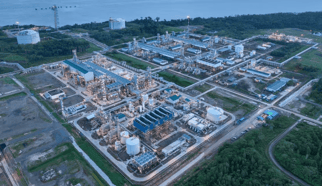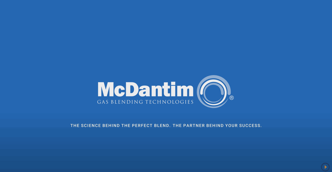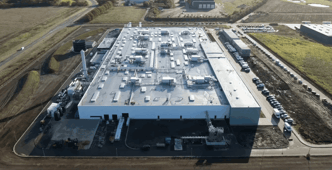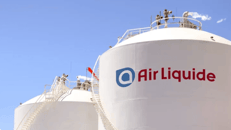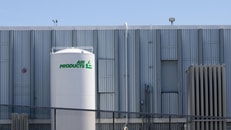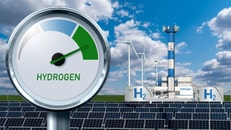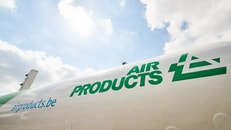Higher headcount at Air Products ‘led to cost overruns and project delays’
Air Products has talked more about the extra recruits it hired from 2018, principally to drive forward its hydrogen projects, several of which it has now cancelled or is looking to scale back.
Newly installed CEO Eduardo Menezes said in the company’s Q2 earnings call last week, “The company grew by almost 7,000 employees since 2018 to execute the capital plan, [and] this had a negative impact on both cost and execution quality, leading to significant project delays.”
He said the lesson from this phase was to embrace the importance of refocusing on the company’s core merchant industrial gases business.
A chart illustrated the source of the problem – a 6,700-person surge in staff numbers between 2018 and 2024, climbing to a peak of 23,000 employees globally.
... to continue reading you must be subscribed






